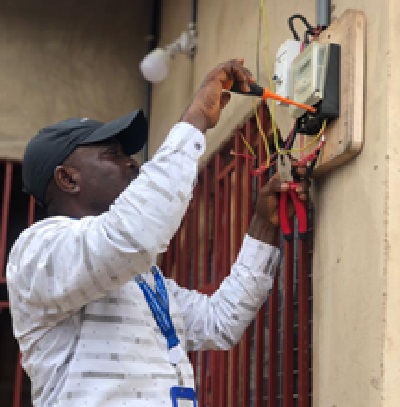Ghana’s electricity tariffs have undergone significant changes since 2009, with varying increments and reductions under different governments.
According to the Public Utilities Regulatory Commission (PURC), the National Democratic Congress (NDC) and the New Patriotic Party (NPP) have had distinct approaches to managing electricity tariffs.
The NDC Era (2009-2016)
During the NDC’s eight-year tenure, electricity tariffs saw a cumulative increase of 294.6%, translating to an average annual increase of 36.8%.
This period was marked by frequent power outages, popularly known as “dumsor.”
The tariffs increased by:
– 89% in 2010
– 10% in 2011
– 7.42% in 2012
– 58.9% in 2013
– 28.35% in 2014
– 90.93% in 2015
– 10% in 2016
The NPP Era (2017-2024)
In contrast, the NPP has maintained a relatively modest increase in electricity tariffs, with a cumulative percentage increase of 57.45% and an average annual increase of 7.2%.
Notably, the NPP government has ensured a steady and reliable supply of electricity.
The tariffs changed by:
– No increment in 2017, 2020, 2021, and 2022
– 17.5% reduction in 2018
– 17.46% increment in 2019
– 51.02% increment in 2023
– 6.47% increment in 2024
The PURC has been instrumental in regulating electricity tariffs, considering factors like the Ghana Cedi-US Dollar exchange rate, inflation rate, and electricity tariff effects.
The Commission’s decisions aim to balance the interests of consumers and service providers.
However, Ghana’s electricity tariffs have experienced significant fluctuations over the past 15 years.
While the NDC era saw steep increases amidst power outages, the NPP government has maintained relatively stable tariffs with improved electricity supply.
-BY Daniel Bampoe


